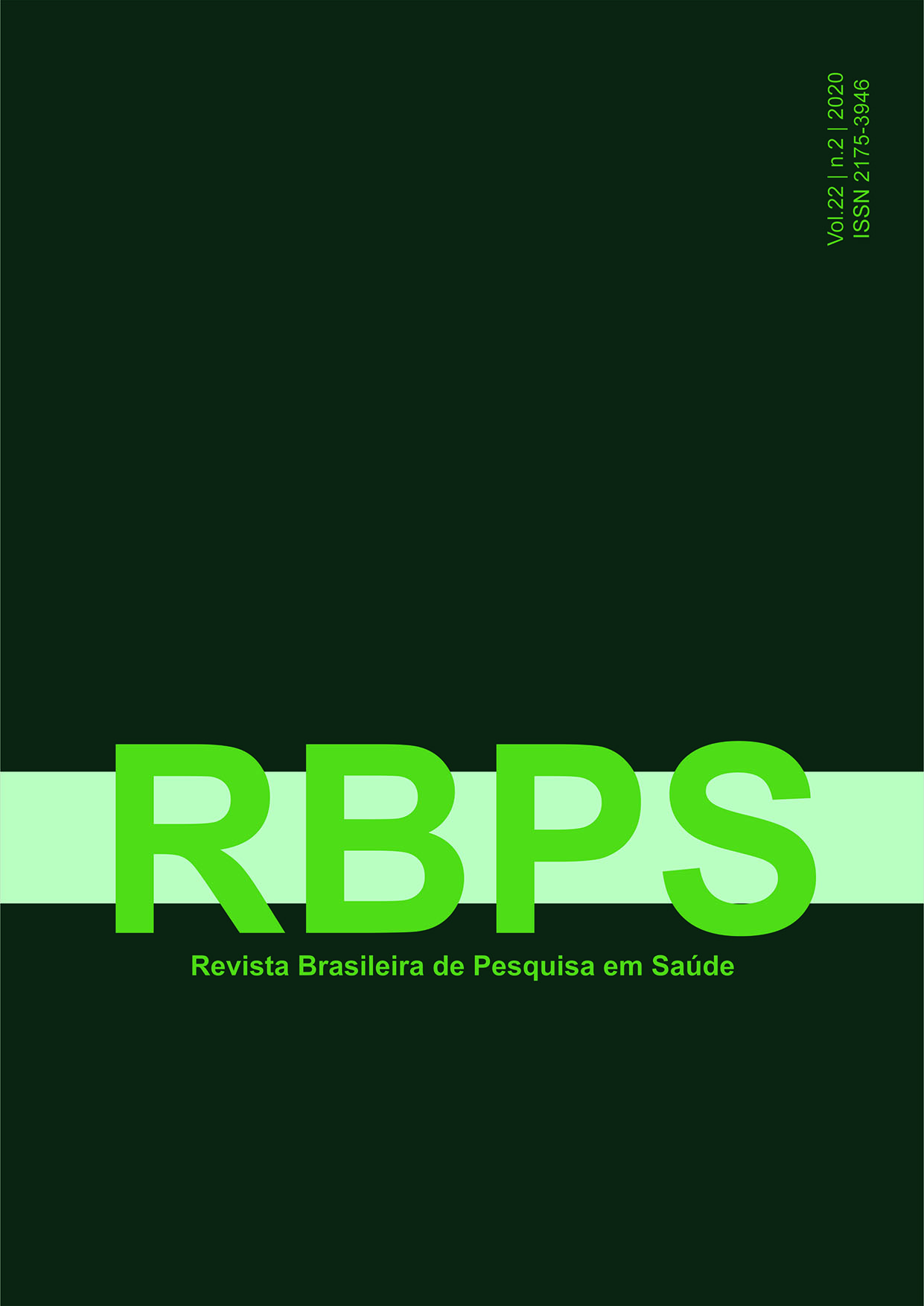Proposal of mobile technology-based electronic vaccine card for process optimization and data availability
Keywords:
Vaccination, Immunization, Mobile Applications, Cloud Computing, DatabaseAbstract
Introduction:
Recording and consolidating vaccination data are challenges faced by different health agencies, nowadays. In addition to the likelihood of having these data lost, either by patients or healthcare units, their availability is compromised, which makes it impossible for health institutions to take strategic measures to serve the population. Thus, health institutions strongly demand finding an accessible solution capable of standardizing and makinges such records available. Objective: Presenting the development of a mobile application accessible to the population, through which individuals would be able to virtually access their immunization data. Methods: Based on bibliographic research and literary review, the current study focused on immunizations and application planning. Thus, the stage associated with App Inventor App using, as a programming tool, was developed. Finally, the application was developed and the feasibility was evaluated. Results: The developed application has successfully enabled data, standardization and availability via Cloud Computing. Information about vaccines and the insertion of reminders about upcoming immunizations are functions enabling greater adherence to the national immunization program. The implemented structure helps the analyzed process and enables technological expansions, such as Artificial Intelligence, used to optimize campaign strategies. Conclusion: The present study is expected to help developing computerized systems, equipped with mobile resources, as well as emphasizes the relevance of creating an accessible and standardized database, to help defining the immunization rate achieved by investigated societies concerning certain vaccines.
Downloads
References
2. BRASIL. Ministério da saúde. Agência Saúde. Ministério da Saúde atualiza casos de sarampo no Brasil [Internet]. Brasília: Ministério da Saúde, 2018. [acesso em 28 ago 2018]. Disponível em: URL: <http://portalms.saude.gov.br/>.
3. Payne HE, Lister C, West JH, Bernhardt JM. Behavioral functionality of mobile apps in health interventions: a systematic review of the literature. JMIR mHealth and uHealth. 2015;3(1): e20. doi: 10.2196/mhealth. 3335.
4. KRATZKE C, COX C. Smartphone technology and apps: rapidly changing health promotion. Global Journal of Health Education and Promotion. 2012; 15(1).
5. VENTOLA CL. Mobile devices and apps for health care professionals: uses and benefits. Pharmacy and Therapeutics. 2014;39(5): 356.
6. BARBOSA ES, BATISTA SCF, BARCELOS GT. App Inventor: Análise de Potencialidades para o Desenvolvimento de Aplicativos para Matemática. In: CONGRESSO INTEGRADO DE TECNOLOGIA DA INFORMAÇÃO, 8, 2015, RJ. Informática aplicada. Campos dos Goytacazes: Essentia. 2015;8:1-12, Campos dos Goytacazes.
7. VELTE AT, VELTE TJ, ELSENPETER RC, ELSENPETER RC. Cloud computing: a practical approach. New York: McGraw-Hill, 2010.
8. BUYYA R, BROBERG J, GOSCINSKI AM. Cloud computing: Principles and paradigms. John Wiley & Sons, 2010.
9. LOBO LC. Inteligência artificial, o Futuro da Medicina e a Educação Médica. Rev. bras. educ. Méd. 2018; 42(3):3-8.
10. MENDONÇA CMC, ANDRADE A, NETO MVS. Uso da IoT, Big Data e Inteligência Artificial nas Capacidades Dinâmicas e seus Microfundamentos. In: In International Conference on Information Systems and Technology Management-CONTECSI-2018. 2018; 4839-4861. São Paulo
11. BRAGA AP, CARVALHO APLF, LUDERMIR TB. Redes neurais artificiais: teoria e aplicações. Rio de Janeiro: Livros Técnicos e Científicos, 2000.
12. Portal MIT App Inventor. Desenvolvido por MIT Media Lab, 15 dez. 2010. Apresenta informações para criação de um aplicativo [Internet]. [acesso em 17 set 2018]. Disponível em: URL: <http://appinventor.mit.edu/explore/about-us.html>.
Downloads
Published
How to Cite
Issue
Section
License
Copyright (c) 2020 Revista Brasileira de Pesquisa em Saúde/Brazilian Journal of Health Research

This work is licensed under a Creative Commons Attribution-NonCommercial-NoDerivatives 4.0 International License.
Authors and reviewers must disclose any financial, professional, or personal conflicts of interest that could influence the results or interpretations of the work. This information will be treated confidentially and disclosed only as necessary to ensure transparency and impartiality in the publication process.
Copyright
RBPS adheres to the CC-BY-NC 4.0 license, meaning authors retain copyright of their work submitted to the journal.
- Originality Declaration: Authors must declare that their submission is original, has not been previously published, and is not under review elsewhere.
- Publication Rights: Upon submission, authors grant RBPS the exclusive right of first publication, subject to peer review.
- Additional Agreements: Authors may enter into non-exclusive agreements for the distribution of the RBPS-published version (e.g., in institutional repositories or as book chapters), provided the original authorship and publication by RBPS are acknowledged.
Authors are encouraged to share their work online (e.g., institutional repositories or personal websites) after initial publication in RBPS, with appropriate citation of authorship and original publication.
Under the CC-BY-NC 4.0 license, readers have the rights to:
- Share: Copy and redistribute the material in any medium or format.
- Adapt: Remix, transform, and build upon the material.
These rights cannot be revoked, provided the following terms are met:
- Attribution: Proper credit must be given, a link to the license provided, and any changes clearly indicated.
- Non-Commercial: The material cannot be used for commercial purposes.
- No Additional Restrictions: No legal or technological measures may be applied to restrict others from doing anything the license permits.

























